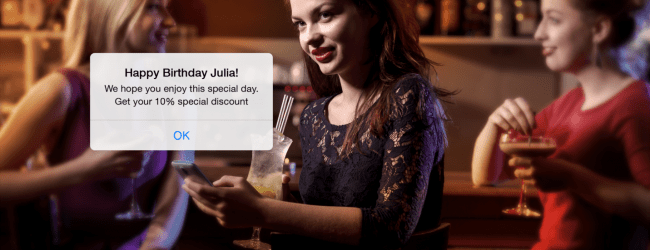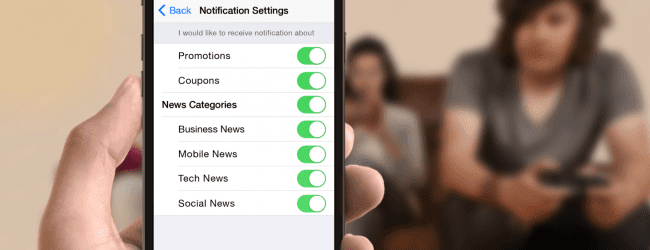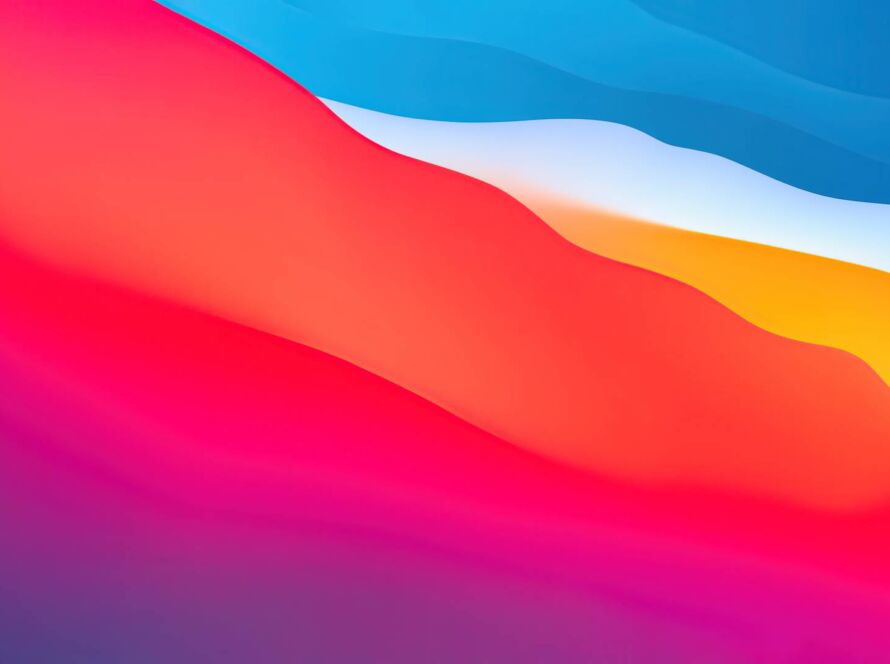Take a moment and think back to a first date you’ve had in the past. Not just any first date, though—one that turned into a long-term relationship. Got it? Ok, now picture that first date in your mind. Maybe you went to a restaurant or a movie, but did you know what kind of movie your date was into before you scheduled the date? Or did you know what your date’s favorite type of food was before you picked the restaurant on the very first date?
You probably didn’t. But now look forward to your future dates with that person. The relationship grew, and four or six months later you were out again at a restaurant or movie. I bet by then you knew their favorite dish or drink of preference. You were more aware of your partner’s desires because you were engaged in a long-term, committed relationship. You invested time and listened to their preferences because you wanted to please them.
Dating Versus Marketing
The marketer’s relationship with customers is not so different. Initially, the marketer is oblivious to customers’ needs. But, as time moves on, marketers are able to move toward content personalization as they learn customer’s name, age and what interests them based on their behavior, demographics and more. With this knowledge, the marketer is able to generate content that is more personalized and relevant .
According to a comScore report, in August of 2014 we passed the tipping point of media consumption on mobile apps. Consumers are now spending more time with apps than with desktop and mobile browsers combined. Mobile consumption is, and will continue to be, on the rise. For marketers, this opens up a blue ocean of opportunities to connect with customers on the most personal level possible.
Before kicking off development plans for a mobile app, though, you must know what you want from your customer and what they want from you in return. You want your sales and revenue to soar; your customers want information that is tailored to their needs. Can an app help you accomplish that, or is a mobile website better suited for you?
Mobile Web Versus Mobile Apps
The main difference between mobile web and mobile apps is the extent that each of them allows you to get to know your visitors.
With mobile web, much like desktop, you can’t know much about the visitor unless they provide you with information or they log into an account. When visitors land on your website, you can’t know who they are, or how to bring them back if you want to. Some websites use cookies to collect information, but that only works to a certain extent and does not provide a way to communicate back directly.
On the other hand, when a user downloads your app you know who you are dealing with and you have an immediate way to communicate with them—either in-app or via push messages.
The key, then, is to know what your specific purpose is and what type of outcome are you looking for. If you are only looking to deliver a mobile presence on a broad spectrum, mobile web might be the best way to go. However, if your primary goal is to engage with the user and interact with the user on personal level, mobile apps are a sure bet.
Here are three ways you can use your mobile app to personalize the content for users:
1. Personalize Based on Past Behavior
Just like in dating, the more you know about someone, the better you will be at pleasing them. If you know from experience that they like one thing and hate the other, you are better informed and therefore have a better chance of cultivating a long-term relationship.
If you deliver content that is in sync with a user’s identity and the type of information they are looking for, you have much higher chances entering into a long-term relationship with them. For example, if your user was reading content about nutrition during pregnancy, the next time she logs into the app, she should see content that is relevant to pregnant women. If she was looking for a vegan recipe on your app, make sure the next time she visits, she sees other vegan recipes.
Your algorithm needs to take into account the user’s past behavior and be flexible enough to serve each user exactly what they need to see.
2. Personalize Push Notifications
Push notifications are also a great way to build long-term relationships with your customers. With push messages, users can interact with your brand even without opening the app.
However, messages that are not relevant could be perceived as intrusive. Only send push notifications that are personalized and make the user feel important and valued. Use this opportunity to connect with your users or re-engage them by using their name or any other relevant information you have about them.
 Take the relationship to the next level by sending them a birthday message, targeted offer or important news that’s based on the content they previously read. Put your users’ interests and behavior at the heart of your marketing tactics. Adopting this approach is bound to increase customer engagement and, as a result, your revenue.
Take the relationship to the next level by sending them a birthday message, targeted offer or important news that’s based on the content they previously read. Put your users’ interests and behavior at the heart of your marketing tactics. Adopting this approach is bound to increase customer engagement and, as a result, your revenue.
3. Use A Push Preference Center
Using Push Preference allows the user to take control of the type content they receive and therefore increases their willingness to opt-in to push messages. Make sure to include this step in the initial onboarding process (even before the operating message pops-up) and make The Push Preference Center easily accessible from the app settings.
 Just as with a long-term relationship, you need to spend time with your users and really tap into their lives to make a connection. Don’t be like everyone else and just feed them a line; send content that’s truly intended for the individual receiving it. Mobile apps offer an incredible opportunity (and a robust toolkit) to help you achieve this goal. Customize content for each user to deliver a package marked just for them and you’ll gain a long-time, committed customer.
Just as with a long-term relationship, you need to spend time with your users and really tap into their lives to make a connection. Don’t be like everyone else and just feed them a line; send content that’s truly intended for the individual receiving it. Mobile apps offer an incredible opportunity (and a robust toolkit) to help you achieve this goal. Customize content for each user to deliver a package marked just for them and you’ll gain a long-time, committed customer.
[xyz-ihs snippet=”Hubspot-CTA-Leaderboard”]





